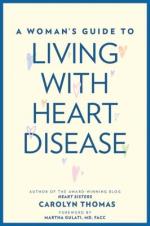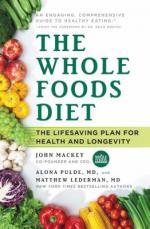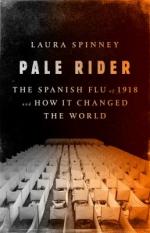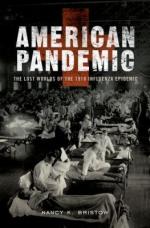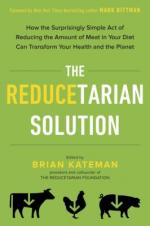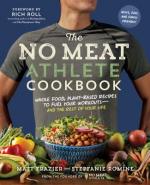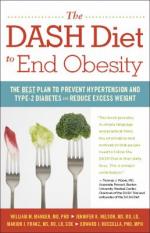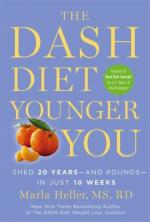Heart disease is a leading cause of death in the U.S for both men and women. Fortunately, it is preventable and there are many ways you can reduce your risks. Just by making small changes in diet and activity can have big impact on your heart health. Check these books out to get starting on a heart healthy month!
"Soon after she recovered from a major heart attack, public relations specialist Carolyn Thomas turned her talents to learning and blogging about heart disease in women--and, now, to writing a book based on her extensive knowledge of heart disease in women and her own experience and the experiences of other women with the disease. Her more than 600 Heart Sisters blog posts have attracted 5 million+ views from readers in 190 countries. Several of the posts have been re-published internationally, includingin the British Medical Journal. She has been an invited participant at Mayo Clinic's medical conference on women's heart disease, and her story has been picked up by WSJ, NPR, CBS TV and radio, among other places. This evidence-based book combines the personal, emotional, and medical to create an engaging and timely view of women's heart health and disease"--.
Evangelical and passionate, Mackey, cofounder of Whole Foods Market, along with Pulde and Lederman (co-authors of The Fork Over Knives Diet), reaches beyond the typical diet plan tenets of eating right to feel better and lose weight; this plan is expressly intended to help save and extend lives. The impetus for writing the book, the authors state, comes from the nation's high chronic illness rates, particularly in obesity, heart disease, and diabetes. They introduce the work and ideas of numerous like-minded health experts, highlight the world's healthiest societies, and include stories of Whole Foods employees successfully using the plan. The Whole Foods Diet, a play on the maternal admonishment to "eat your fruits and vegetables," is deceptively simple: consume a diet that's at least 90% plant-based, eat whole foods, and avoid highly processed foods. In reading further, readers may feel daunted: don't just limit dairy and meats to less than 10% of your diet, but also avoid oils (including olive oil!) and refined flour and sugar. And perhaps you'd like to make your own nut milk? Even if this health treatise's recommendations are unlikely to become universal, its tone is inspiring.
